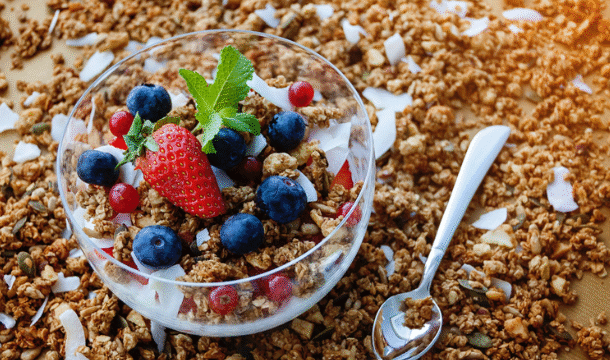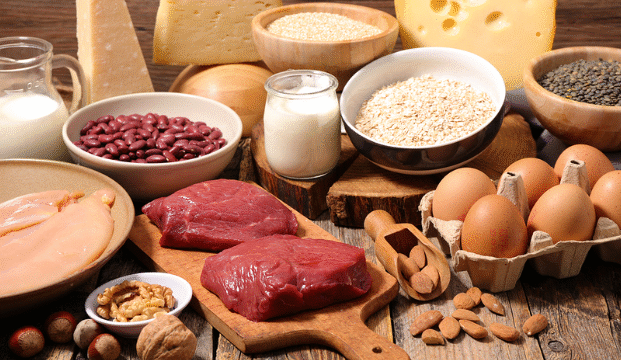1.
A Balanced Breakfast Many nutritionists emphasize protein and fiber first thing in the morning to stay full and avoid mid-morning cravings.
Examples they might choose:
- Oatmeal with chia seeds, fresh fruit, and a drizzle of nut butter.
- Greek yogurt topped with berries and a sprinkle of flaxseeds.
- Whole-grain toast with avocado and a boiled egg.
2.
Colorful, Veggie-Packed Lunches
Vegetables take up a big portion of their plates, often paired with lean proteins and whole grains. Examples they might choose:
- Grilled chicken salad with olive oil dressing.
- Quinoa and roasted veggie bowl with chickpeas.
- Lentil soup with a side of leafy greens.
3. Smart Snacking
Instead of processed snacks, nutritionists lean toward whole foods that provide protein, healthy fats, or fiber. Examples they might choose:
- A handful of raw almonds or walnuts.
- Apple slices with natural peanut butter.
- Carrot sticks with hummus.
4. Light but Satisfying Dinners
Evenings often include meals that are nutrient-dense but not overly heavy, so digestion stays comfortable before bed. Examples they might choose:
- Baked salmon with steamed broccoli and sweet potato.
- Stir-fried tofu with mixed vegetables and brown rice.
- Grilled shrimp tacos with cabbage slaw on corn tortillas.
5. Hydration and Mindful Eating
Nutritionists often highlight that what you drink matters too. Water, herbal teas, and sparkling water with lemon are common choices over sugary beverages. They also practice mindful eating—slowing down, enjoying each bite, and stopping when comfortably full.
Final Thoughts
The secret isn’t in strict dieting but in consistent, balanced habits. By prioritizing vegetables, lean proteins, whole grains, and healthy fats—while staying hydrated and eating mindfully—nutritionists maintain healthy weights without giving up the joy of food.






